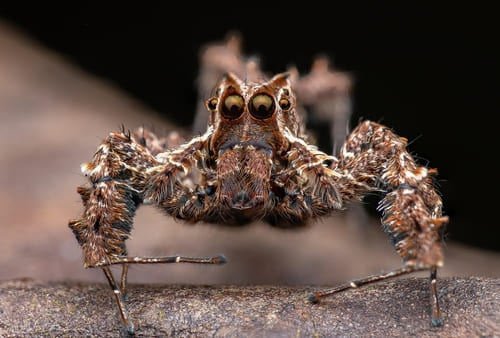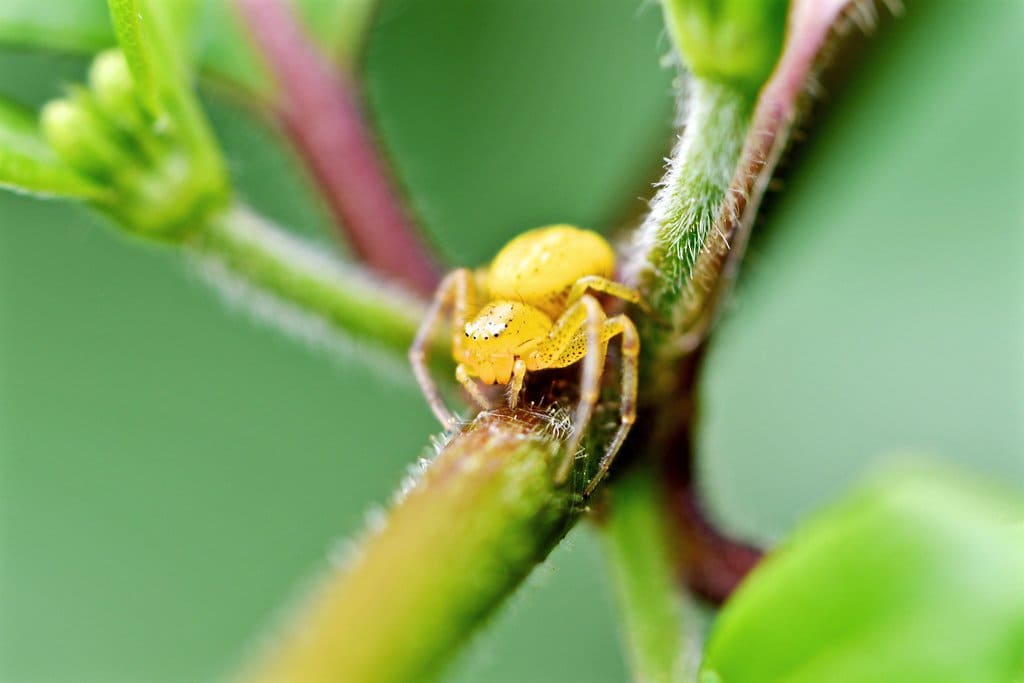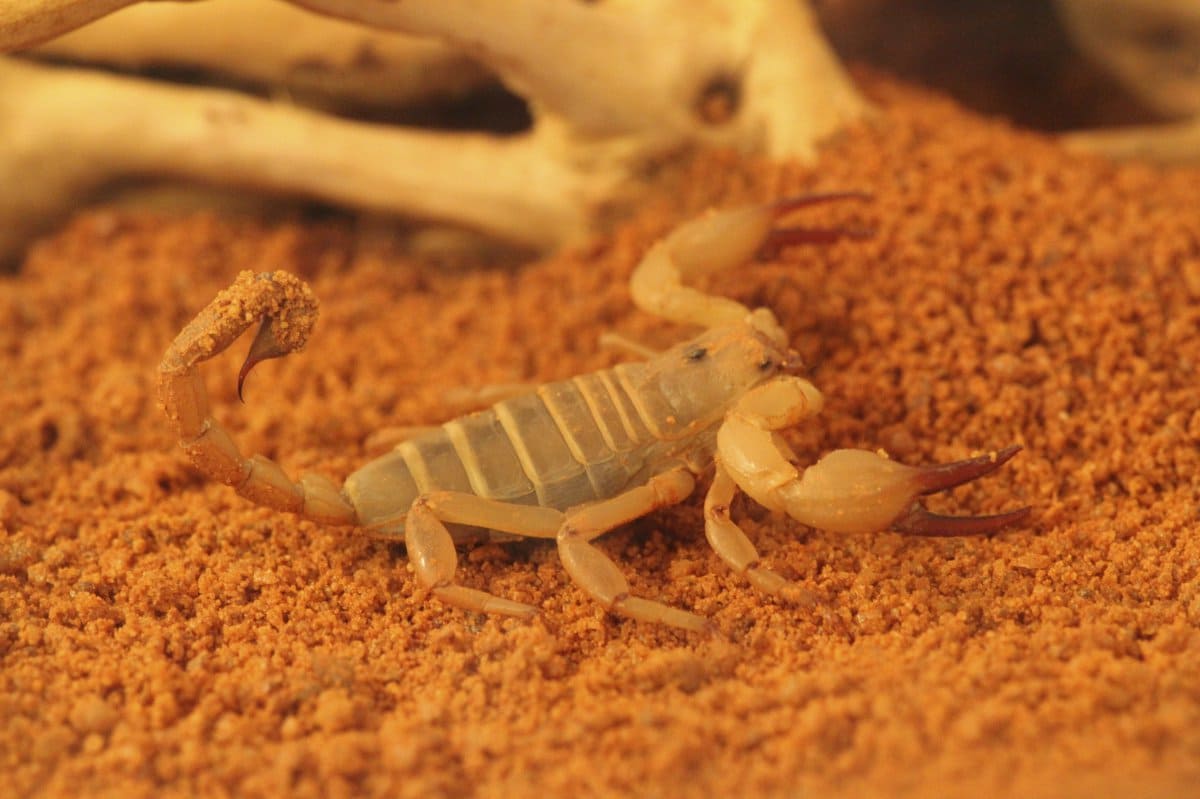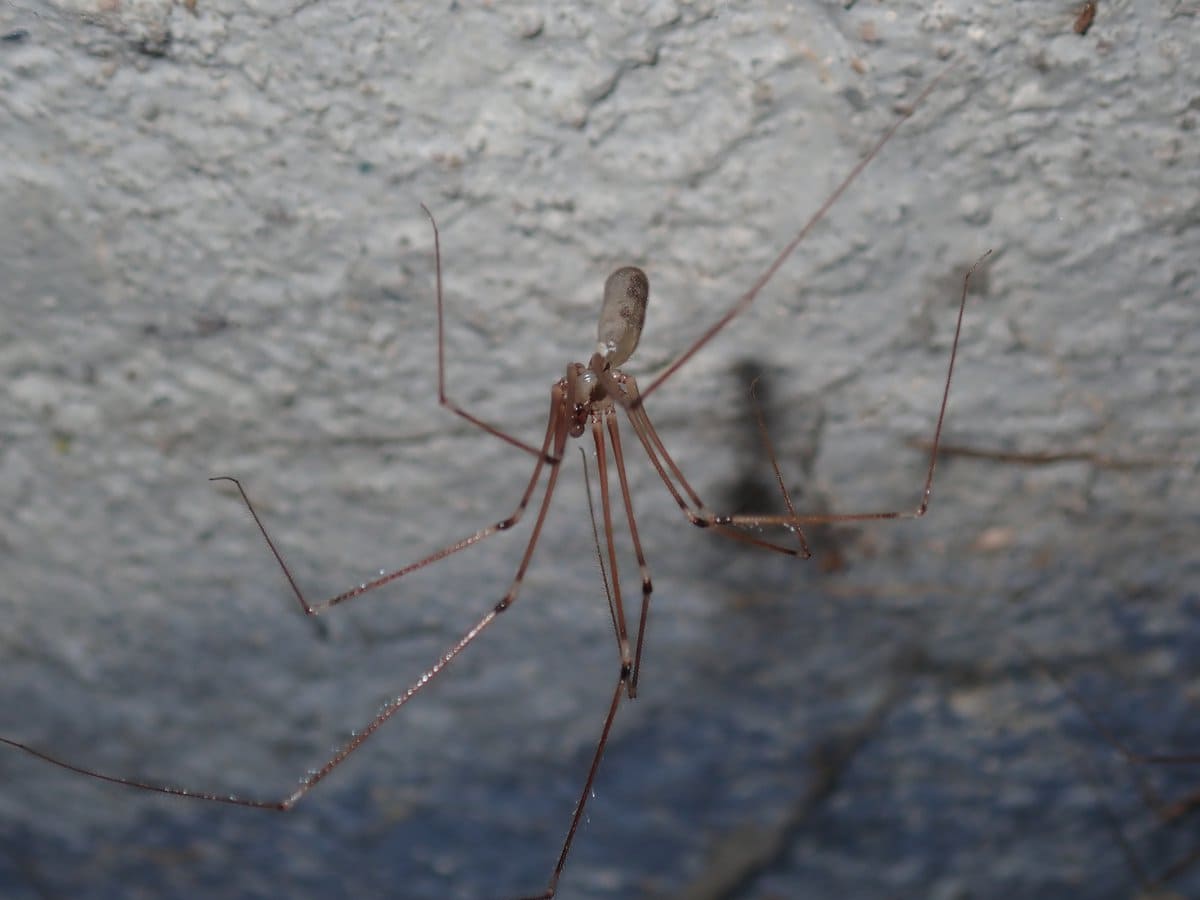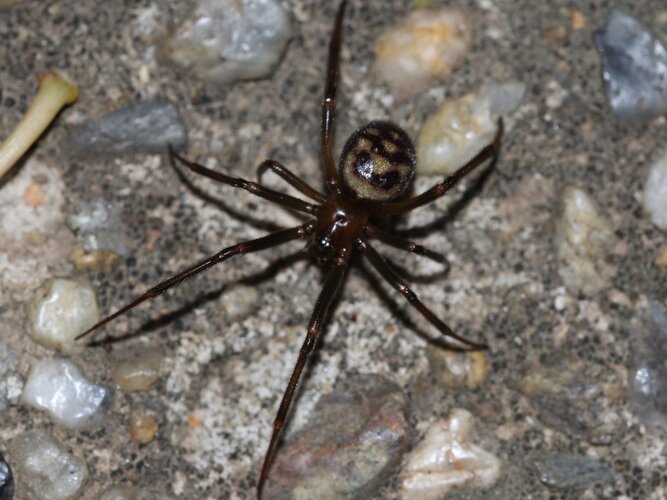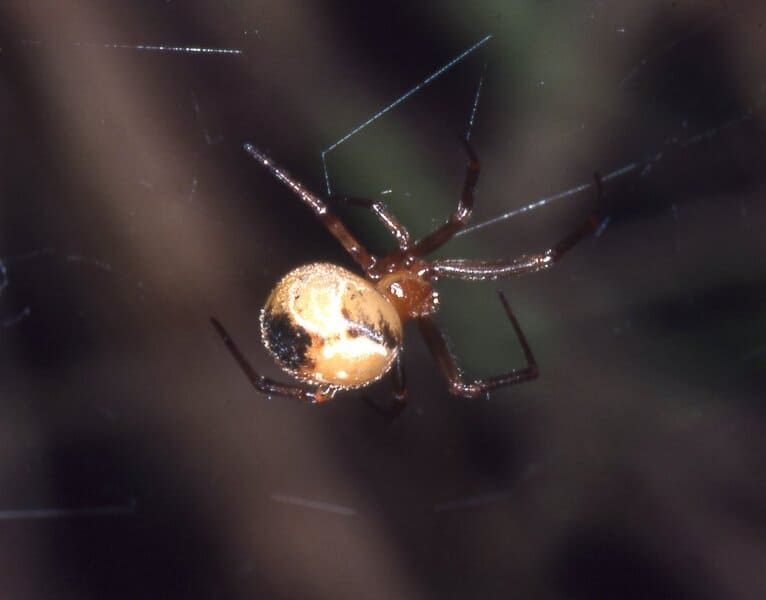Foliage Webbing Spider
IUCN
LCBasic Information
Scientific classification
- name:Foliage Webbing Spider
- Scientific Name:Phryganoporus candidus
- Outline:Arthropoda
- Family:Araneae Araneomorphae Desidae
Vital signs
- length:Approx. 6–10 mm
- Weight:—
- lifetime:Around 1 year (estimated, depending on conditions)
Feature
Small social spider; builds large three‑dimensional communal webs among foliage; shows subsocial behaviour; mainly nocturnal and sheltering in silk tunnels by day.
Distribution and Habitat
Endemic to mainland Australia; occurs in arid and semi‑arid zones, open woodland, shrubland and roadside trees, often nesting on wattles and other shrubs.
Appearance
Body length about 6–10 mm; brown to grey‑brown with lighter and darker markings on the abdomen; covered in fine silvery hairs, giving a slightly shiny appearance.
Details
Overview
The Foliage Webbing Spider, Phryganoporus candidus, is a small social spider native to Australia. Dozens to hundreds of individuals may share the same nest, building dense, three‑dimensional silk structures among leaves and twigs. Because of this communal lifestyle, it is sometimes called a social webbing spider.
Behaviour and Lifestyle
This species occurs mainly in open woodland, shrubland and semi‑arid habitats. A female usually begins a nest between branches or foliage. When her spiderlings hatch, they gradually enlarge the structure into a complex network of tunnels and chambers. These silk tunnels work both as a trap for flying and crawling insects and as a safe refuge from predators and harsh weather.
The Foliage Webbing Spider shows subsocial or weakly social behaviour. Members of the same colony may share prey, cooperate in web maintenance and collectively defend the nest from intruders. In late spring and summer, sub‑adult females disperse to build new nests, while males leave slightly later to search for mates.
Diet
The species is a generalist predator that feeds on a wide range of arthropods, including beetles, true bugs, moths, cockroaches and even other spiders that become entangled in the web. Most hunting activity takes place at dusk and during the night, while the spiders hide deep inside the silk tunnels during the day. Captured prey is quickly wrapped in silk and envenomed, then consumed over time.
Relationship with Plants
In some regions, Foliage Webbing Spiders build their communal nests on shrubs such as wattles (Acacia species). The spiders help reduce herbivorous insects on these plants, while the plants provide strong anchor points and shade for the nests. In orchards or farmland, however, heavy webbing may mat foliage and occasionally break small twigs, so the species can be seen as a minor pest.
Interaction with Humans and Venom
These spiders are small, shy and rarely leave the safety of their webs, so they seldom come into contact with people. Their venom is adapted for subduing small insects and is not considered medically significant to humans. Bites are extremely uncommon and are expected to cause at most mild, local symptoms.
FAQ
Is the Foliage Webbing Spider venomous?
Yes, it uses venom to immobilise its insect prey, but there are no reports of serious effects on humans. The venom is considered of low medical importance.
Will it attack people?
No. The species is very secretive and prefers to remain hidden inside its silk tunnels. It is unlikely to bite unless the web is destroyed or the spider is handled roughly.
Is it a garden or farm pest?
In gardens with only a few nests, the spiders can actually be beneficial by reducing insect numbers. In orchards or plantations with many large communal webs, the silk may mat foliage and damage small branches, so growers sometimes choose to remove the webs.
Where is the Foliage Webbing Spider found?
The species is endemic to mainland Australia and is widespread across arid and semi‑arid regions. It lives in open forest, scrub and roadside vegetation, often nesting in shrubs and small trees.


